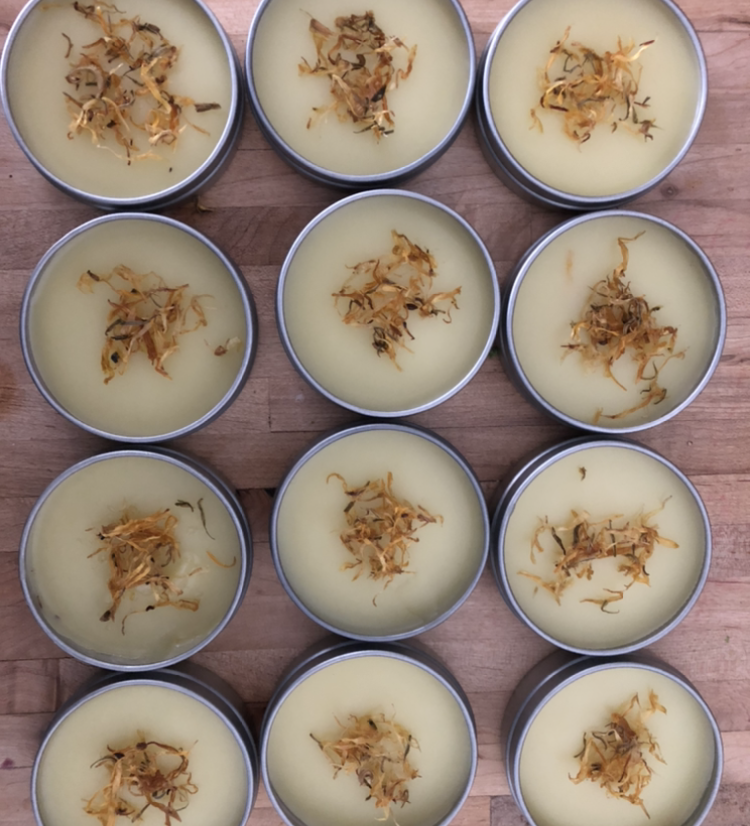As we move deeper into the cold of winter and our hands closer to a source of heat, we might start noticing patches of dry, scaly skin developing. As someone who works with their hands and is prone to eczema and for the first time discovered how allergic they are to poison ivy, I’ve been using a lot of creams to soothe and protect my hands. Because of this, it has become important to me to make some of my own salves this winter from herbs that I foraged and dried at different times of the year.
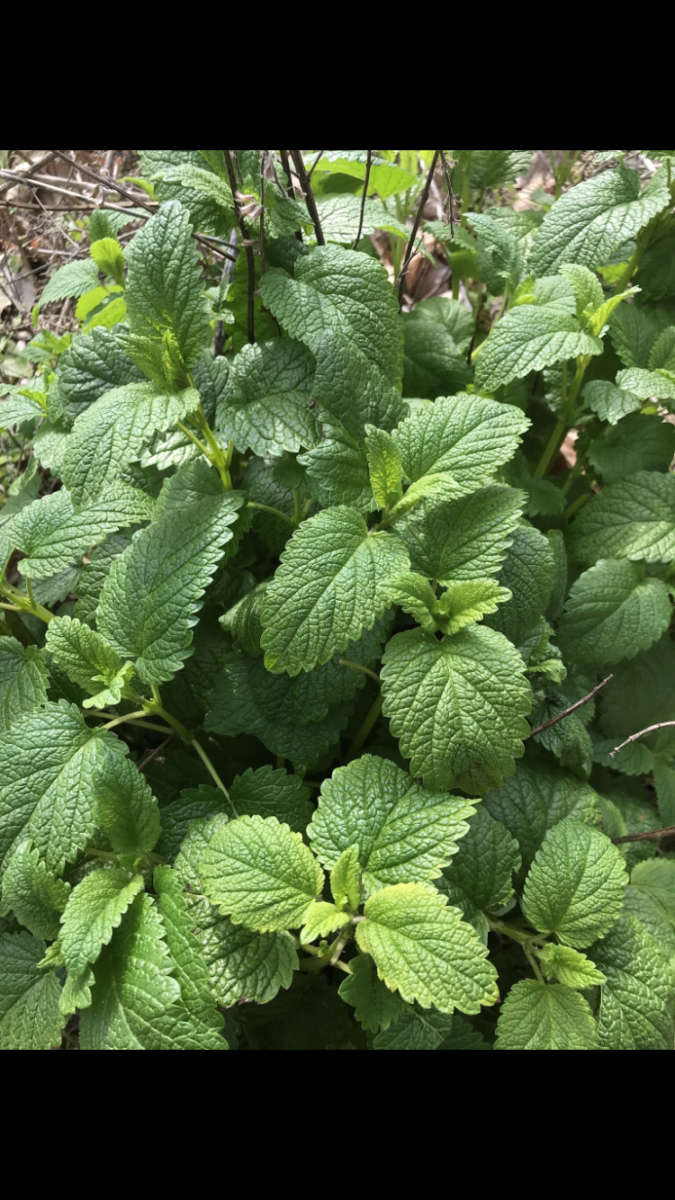
Making salves and balms is actually quite easy. All you really need is beeswax, a carrier oil such as sunflower seed oil or olive oil, and herbs and/or essential oils. If you are using ingredients from our own herbal library, it is really fun to look back on different herbs that you’ve gathered (responsibly) or were gifted. I looked back on the plantain and self-heal (heal all) that I gathered from Druid Hill park in early summer, the yarrow and calendula I harvested from my garden this fall. I chose to use wild plantain because it grows prolifically in gardens, sidewalks, and parks. Perhaps more importantly, wild plantain is known to be soothing to the skin, particularly in quelling itchiness from bug bites, eczema, and poison ivy. Self-heal, which looks quite similar to mint and also grows prolifically in parks, holds these same properties.
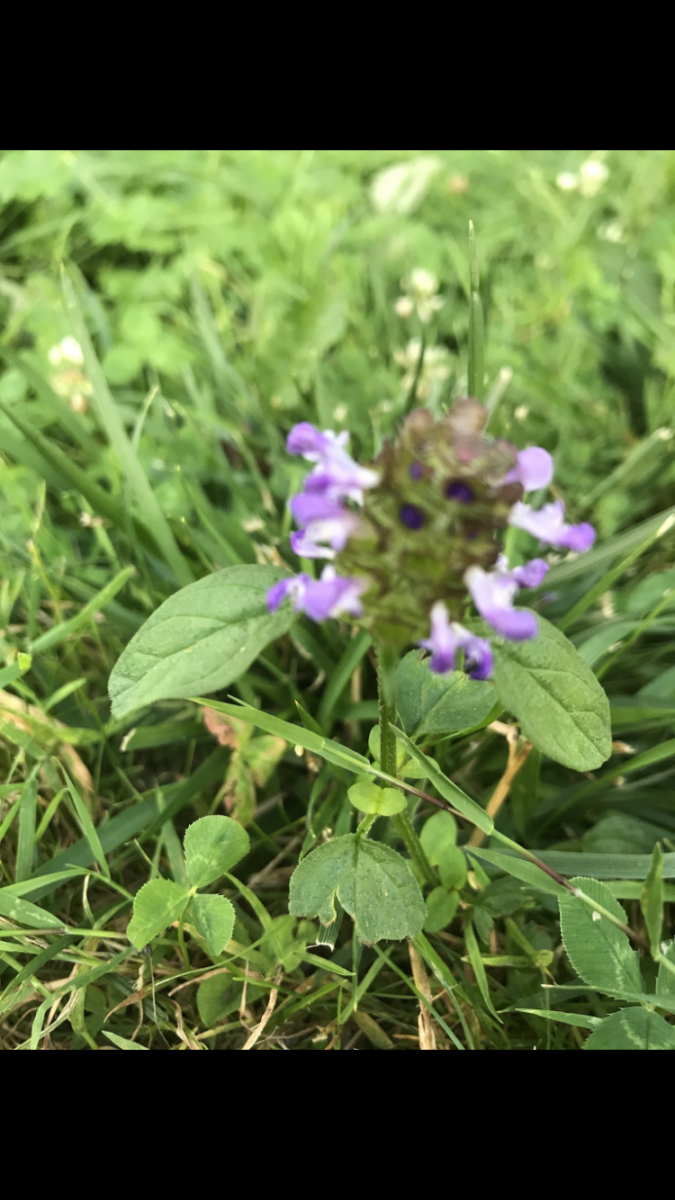
Yarrow is both a wild and cultivated perennial that has flowers in many different colors, and remains hardy through winter. Calendula shows big bright orange and yellow flowers whose flower heads resemble daisies. Both of these flowers, though they look quite different, hold similar properties. Yarrow holds the extra magic power of easing and slowing bleeding in an open wound, encouraging the wound to clot and begin scabbing. I also considered adding Lemon Balm, which is a calming herb to the stomach and the mind for good measure. All of these herbs work well for a winter skin salve, mainly to use on my hands and wrists.
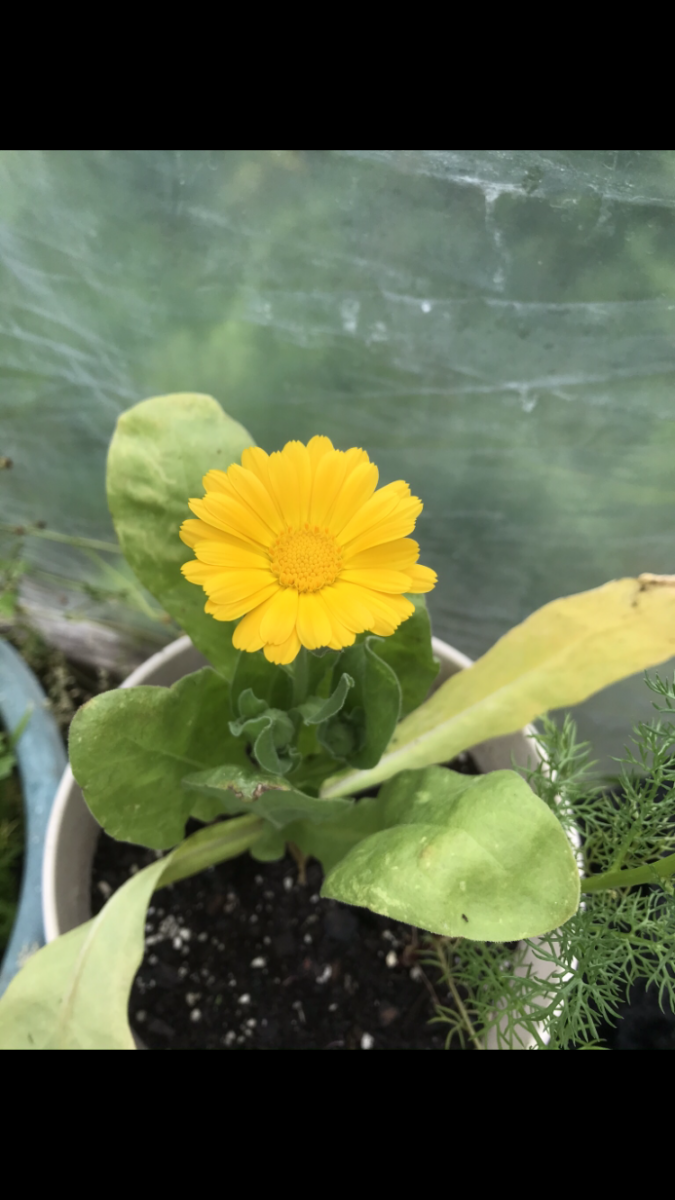
In order to make the salve/balm you will need:
- Carrier oil
- Herbs
- Jar
- Beeswax (pellets or shaved pieces)
- Pot
- Doubler boiler or pyrex glass bowl
- Tins, Jars, or lip balm sticks
- Spoon
- Towel
- Steps:
- Gather and loosely pack all your dried herbs into a jar, and pour a carrier oil into the jar and seal for 3 to 4 weeks. Put equal parts herbs to oil in cups. (1:1 ratio).
- This is how the herbs will infuse all their properties into the oil.
- I particularly like to use sunflower seed oil and olive oil, though you can use safflower oil, coconut oil, sweet almond oil, jojoba oil, or anything you’d normally use on your skin.
- After one month, separate the dried herbs from the oil. Make sure to squeeze out the herbs to get as much gorgeous oil as you can.
- Put a pot of water filled ⅓ of the way on the stove and turn it up to medium.
- Put the double boiler or a heat-safe bowl on the pot.
- Pour the oil into the double boiler or heat-safe bowl on the pot, and stir until it feels warm to the touch.
- Add in beeswax pellets or shavings at a 1:4 ratio, beeswax to oil.
- Raise the heat slightly and stir until beeswax has melted.
- Add in a few drops of essential oils for smell to your liking
- Pour heated salve mixture into a pitcher or measurer with a spout, and start pouring into jars, tins, or lip balm sticks.
- Make sure while you are pouring to only fill up your vessel ⅔ or ¾ of the way, as it will expand while it hardens.
- Wait 10-15 minutes for the salve to harden
- Use and enjoy the medicinal magic of nature and your hard work!
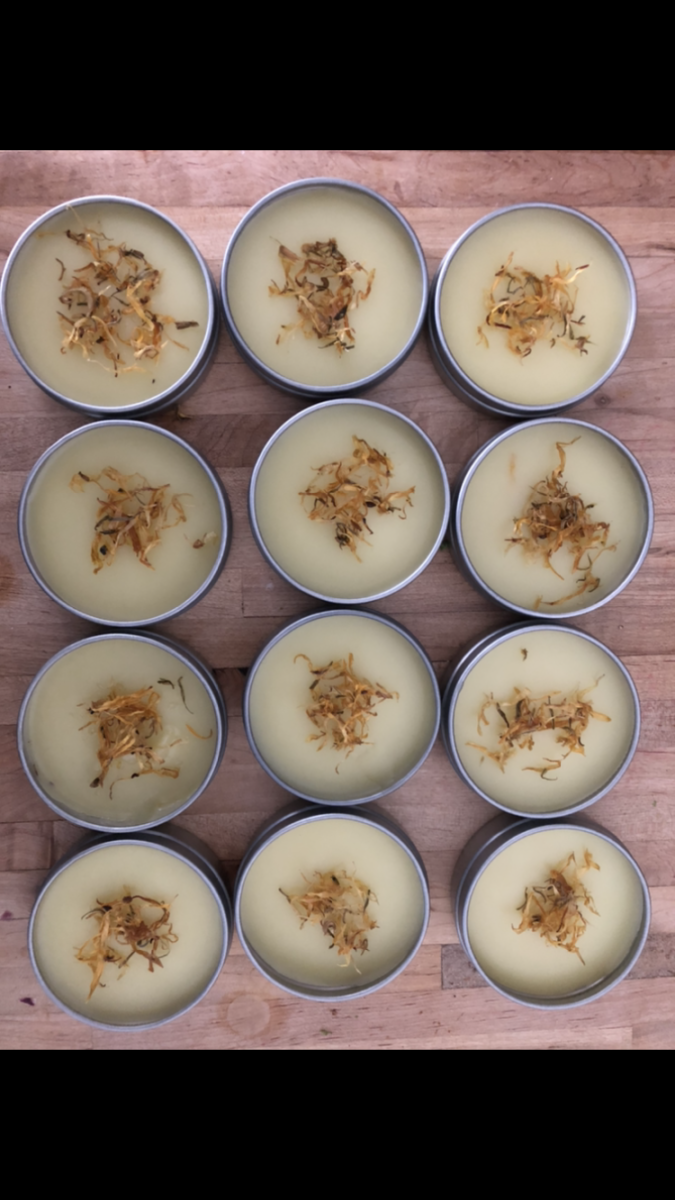
If you are interested in checking out some more specific recipes, here are a few:
Lavender Calendula Coconut Salve
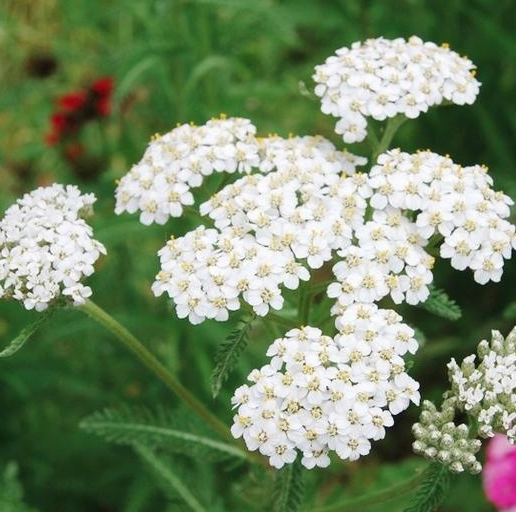
Making a salve is a fun and relatively safe indoor project for winter to experience with your little ones, as well! Please let us know if you try it out. Enjoy!

